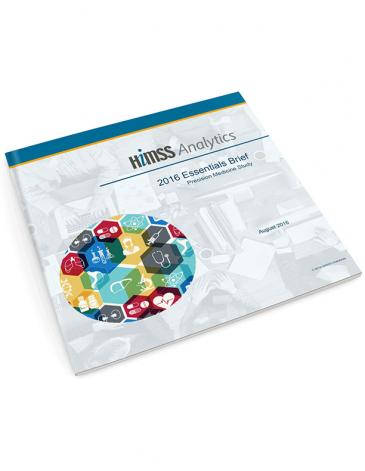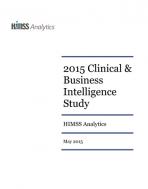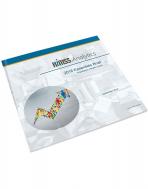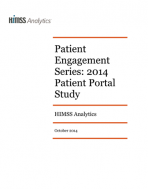Essentials Briefs

The 2016 Precision Medicine Essentials Brief offers insight from 137 CMIOs/CMOs, physicians, biomedical directors, and pathology directors on their current approach toward precision medicine, their areas of focus, their IT approach and the challenges of integrating clinical and genomic data. Additional insight is provided through data from HIMSS Analytics LOGIC™, the most comprehensive and intuitive global market intelligence tool in healthcare IT. LOGIC provides adoption rates on specific technologies which could complement the move toward precision medicine, including molecular diagnostics solutions, laboratory outreach services and specimen collection management solutions.
Actionable insights:
- Current and future adoption of precision medicine solutions
- Vendor market share, mind share and market opportunity around precision medicine solution platforms
- Study respondent intentions around bringing clinical specimen and/or sample and sequence analysis in house
- Study respondent challenges around integrating clinical and genomic data for the purpose of precision medicine
Get the Study
MORE RESEARCH REPORTS
Voice of Customer (VOC) insight from over 230 respondents. 60% of respondents have a formalized EHR governance structure. 63% of formalized EHR governance structures involves a cross-functional, multi-disciplinary advisory board or committee
This year’s study is a follow-up to the HIMSS Analytics 2013 C&BI study. While both studies reflect positively on C&BI’s market potential, there were notable differences, especially around the proposed application of C&BI solutions. In 2013, organizations were primarily interested in using C&BI to support their accountable care efforts, whereas in 2015, primary C&BI focus had shifted to population health.
The 2016 Population Health Essentials Brief offers insight from 104 hospital executives (C-Suite) and Vice Presidents and Directors of IT, clinical systems and clinical analytics on their current a
Patient portals typically come from the EMR vendor currently used by the organization. Indicates room for improvement, as IT executives did not display a high level of passion for their organization’s current solution. Highlights cultural issues within organizations as a major challenge to overall patient engagement initiatives.




